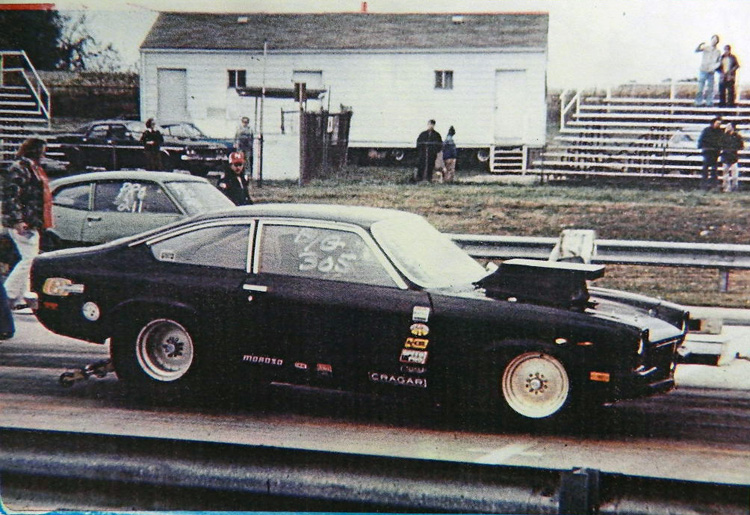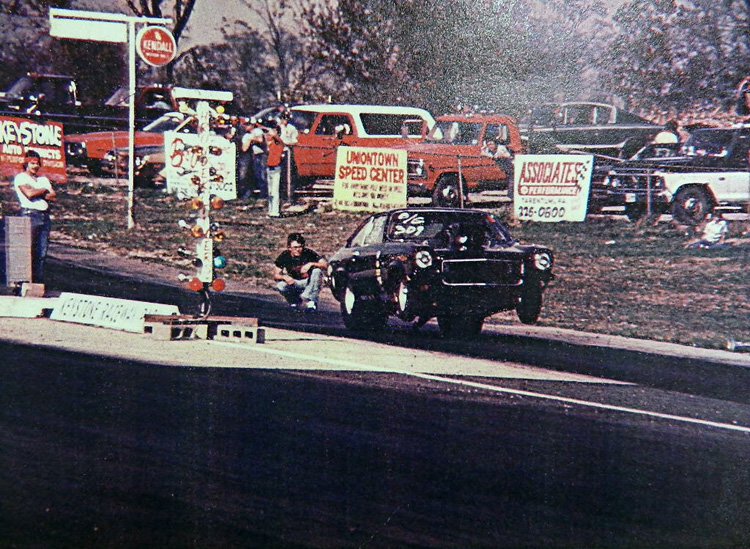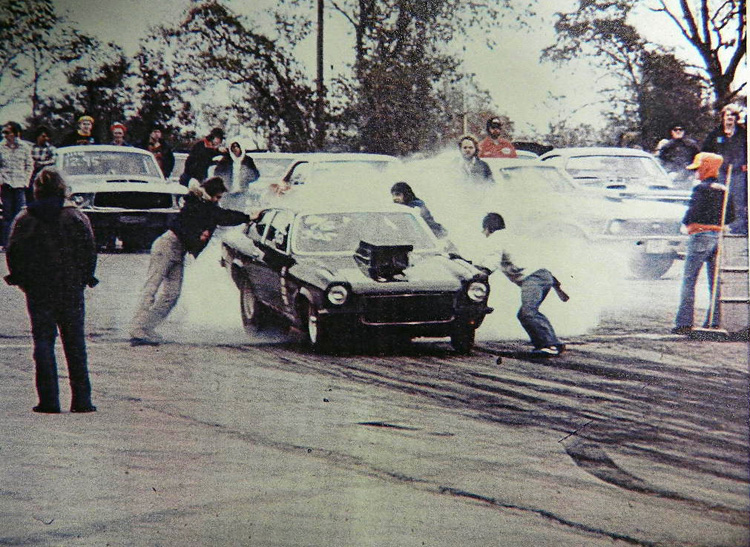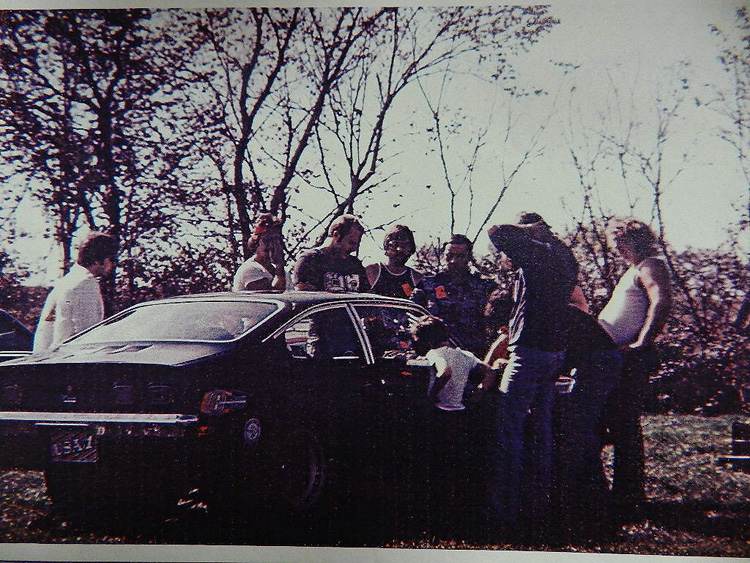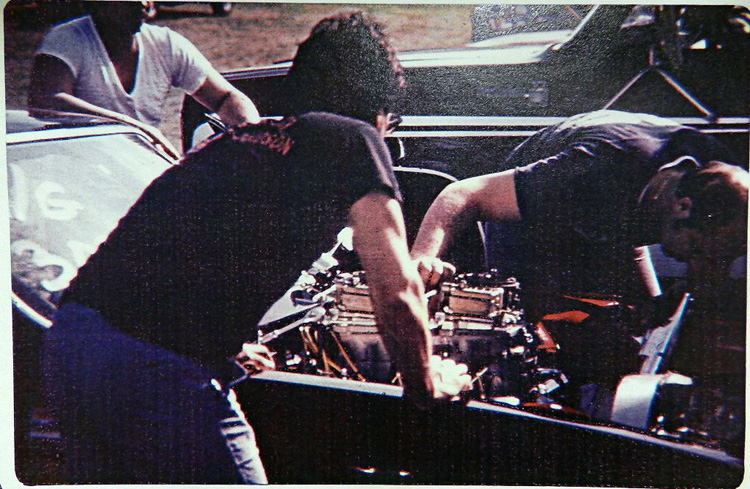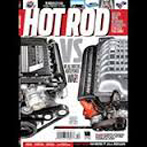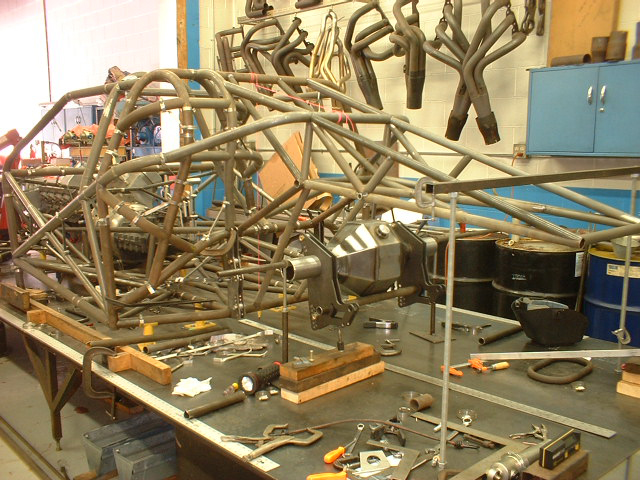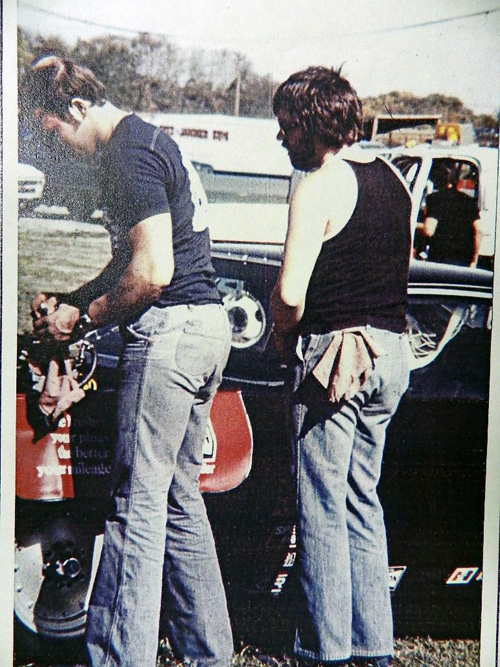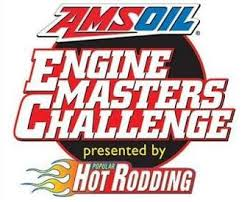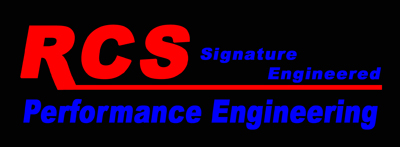
Chassis Setup
From the Past to the Present
Today’s modern chassis setups are state of art compared to 35+ years ago, although slightly ahead of the norm back then, chassis cars weren't too popular unless you were in ProStock or a very fast Competition Eliminator Class. The science of 4 links suspension and strut coil over shocks was just beginning to evolve and take hold. Most cars were using coil springs, leaf springs and traction bars in the competition classes, which represented the OEM style suspension was used in that era of cars.
Today's Hotrods we build have some of the same technology implemented in them today as we had back in the early 80's drag racing, and if you look at today's high tech chassis it doesn’t look that much different from the distance. Well to be truthful there has be some major engineering and development improvements in today's chassis, and if you would compared them sided by side you would be impressed for sure.
The chassis setup is critical in both street and racing, for example without squaring the car or even the 4 wheels there's no sense in trying to adjust for steering control and or traction. With OEM type cars of that era being mass produced without today's technology and manufacturing technics, assembly settings and measurements were very rough to say the least. Rear axle housing out of position by as much as an inch relative to the body with floating front frame sections in some applications has forced the racing performance industry to improve on it, which has created the race car evolution we know of today.
Squaring the wheels
Basic car squaring can be overlook when a car has been assembled by a novice or hobbyist car builder. I have driven cars that were beautiful worth up to 200k that had major chassis alignment issues. If the rear wheels don’t track with the front wheels how do you except to drive the car to its potential. As an example if you throttle your car hard driving off from a stop and you feel the car pull to either side having to correct the steering under power you could have an extreme out of square issue. There is another reason for a car to pull hard to either side and that’s normally associated with a 4 link suspension adjustment and preload adjustment. Even if you can't feel it you can still have an issue if you've had major suspension work or chassis fabrication done and it's not been checked. Most people that own a classic that pulls to either direction under hard acceleration believe this is a normal condition, but it's not and ends up being one because the lack of adjustability in the rear suspension. Today there are enough aftermarket parts available to address these issues that are fairly inexpensive.
Engineering a cars handling is an in-depth science that requires years of experience and a lot of knowledge in the field. If you are not comfortable driving your car, there's always a way to improve on it.
Required Rear Suspension Adjustments and Settings
4 Link Bars
4 Link Bar Angles
Pan Hard Bar
Pan Hard Bar Angle
Pinion Angle
Upper 4 Link Bar Preload
Pinion Centerline
Axle Housing to Car Body Center
Sway Bar
Axle Square to Chassis
Axle Square to Front Wheels
Ride Height
Shock Stroke Length
Shock Location
Shock Rates
Spring Rates
Required Front Suspension Adjustments and Settings
Ride Height
Shock Stroke
Shock Rates
Spring Rates
Lower & Upper Control Arm Angles
Alignment Settings for Intend Driving
Wheel Caster Settings
Wheel Camber Settings
Wheel Toe
Wheel Bump Steer
Wheel Steering Turning Limits
A trip to the Late 70's with RCS
